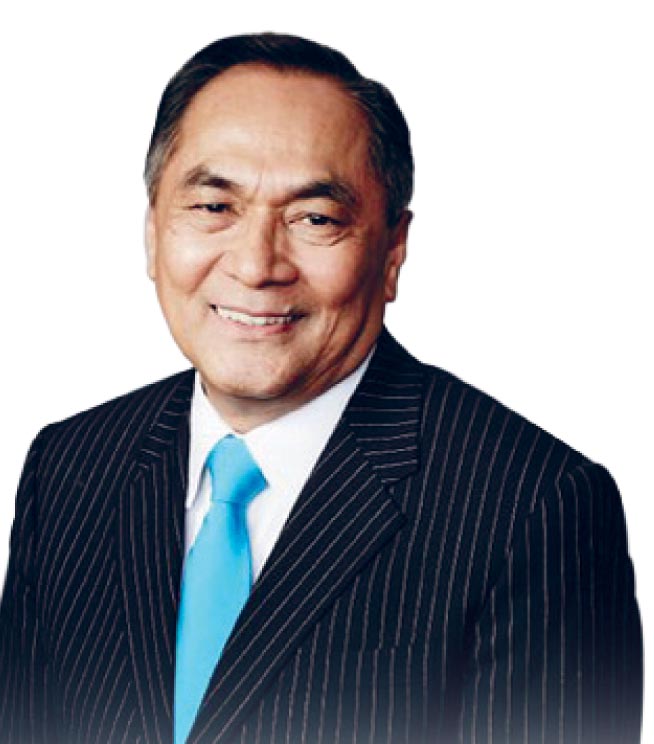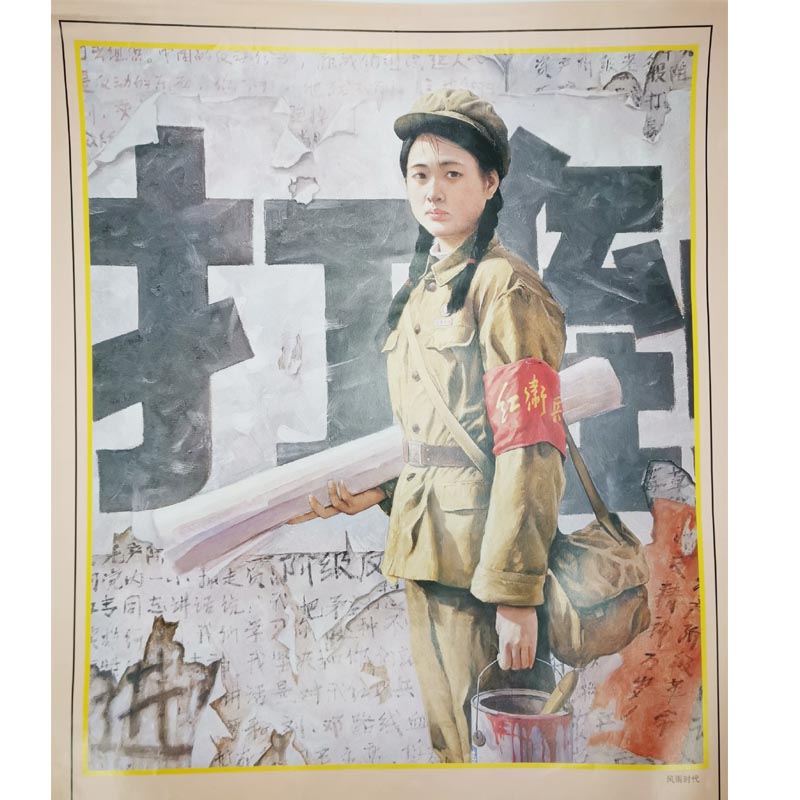Peering into a kaleidoscope through the collection of Jaime FlorCruz

With the interest in things Chinese at an all-time high, Bahay Tsinoy, a museum of Chinese in Philippine life, proudly presents its 20th anniversary offering – a view of China’s development from a self-professed “accidental Chinese.”
Jaime FlorCruz (吉米) was a student at the University of the Philippines in the 1970s when he found himself stranded, so to speak, in China when then president Ferdinand Marcos suspended the writ of habeas corpus in 1971. What was supposed to be a three-week student tour became a lifetime of 40 years.
Being the longest serving foreign correspondent in China, FlorCruz witnessed first-hand the development of China spanning five leaders, from Mao Zedong and Zhou Enlai to the current Xi Jinping.
This exhibit highlights the development of China through the eyes of a Filipino who was first an accidental student, then exile, then journalist.
China’s stories are known to many, especially now with the internet taking over as our main source of information. FlorCruz’s collection of China memorabilia from posters, calendars, Mao collectibles, badges, photographs, dictionaries and even ration coupons give us an insider-outsider view of a China we only read about.

As a student stranded in China, FlorCruz reminisces, “The Red Guard leaders and students I met wanted to turn China into a socialist paradise, and yet, they abhorred what they labeled as ‘book learning.’ They spoke of ‘unity and friendship among the peoples of the world’ but they also advocated waging ‘class struggle.’ I could sense, but had a hard time understanding, the radical, uncompromising political, social and economic experiments underway in China.”
This view, through the lens of a Filipino escaping martial rule but ending up in a socialist country with a totalitarian ruler, is a unique perspective that gives us an insight why China is China.
The exhibit opens to the public on Jan. 20 and runs until Feb. 17.
